Can Japanese weapons comparable to China?Japanese avant -garde officer: Japanese weapons are all second and third -class goods
Author:Military and military talk Time:2022.08.18
For a long time, the Chinese Internet can often be seen on the touting of Japanese weapons. And basically after each incident involved in Japan, such marketing numbers will appear in large quantities. For example, after the three assassinations of Shinzo Abe, many marketing numbers said that Japan's Mitsubishi Group could produce 50,000 fighters, 40,000 tanks, and 200,000 artillery in one year alone. The Soviet Union was ashamed when the Soviet Union saw that the Soviet Union saw it.

Under the encouragement of the United States recently, the Japanese government has also begun to divide uneasy. Not only did it intend to "lifted the ban" to the Japanese Self -Defense Force, but even intended to learn from Germany to "expand" to improve Japan's military strength. So, can the Japanese military industry industry provide a large number of advanced equipment for the Japanese Self -Defense Force as many marketing numbers touted? The answer is not.
The Japanese avant -garde team officer who had worked at the Japanese Defense Agency (now the Ministry of Defense), and is now a professor of the Department of International Studies at Hokkaido University of Topland University. Many people think that Japan has advanced technologies. Once it is permitted by international permission, it can not only quickly produce sufficient modern weapons and equipment, but also can even be exported. But in fact, the quality of military equipment made in Japan is far from the first -class level, only the level of second or even three -centered.
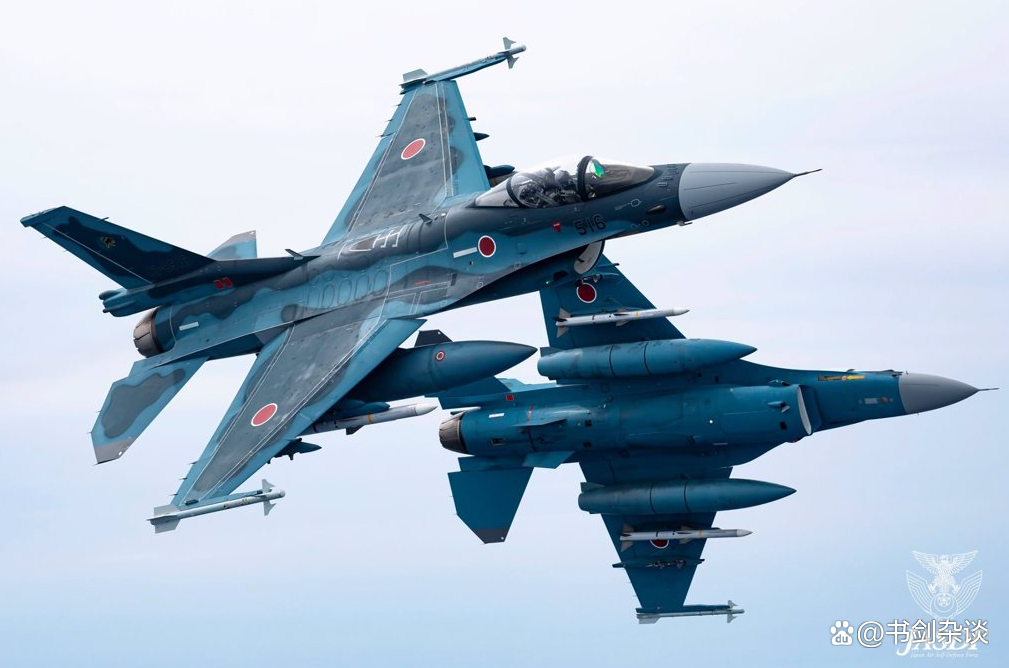
The most typical is Japan's domestic F-2 fighter. Although the standard at the beginning is very high, the interference in the United States eventually became a "magnifying version of F-16". In addition, only the Japanese Aviation Self-Defense Force purchased 94, which led to the large proportion of R & D costs, and the cost of stand-alone had more than twice the US-made F-16 fighter.
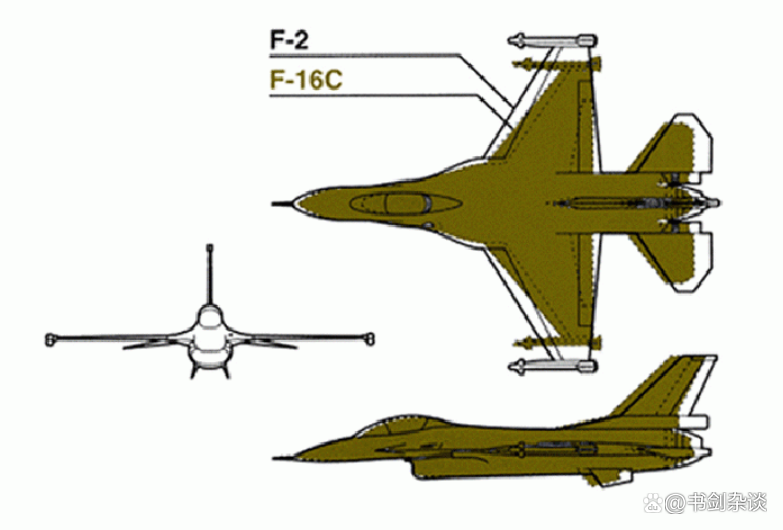
The same situation has also appeared in other Japanese military industries. For example, the famous Japanese Komatsu production institute has decided to completely withdraw from the military vehicle of the Japanese Land Self -Defense Force. The Japanese Self -Defense Force with various caliber machine guns and 20mm machine guns with the Sumitomo Machinery Industry, which produces pop -up seats for the Japanese Self -Defense Force, has also expressed his withdrawal from the Japanese military industry.
Of course, the Japanese government's habit of proclaiming advanced weapons and equipment in the procurement of US systems also gives the Japanese military industry alert. Japan is currently the 12th largest imported country in the world, accounting for 2.2%of the global market share. According to data provided by the Stockholm International Institute, Japan's arms importers basically come from the United States.
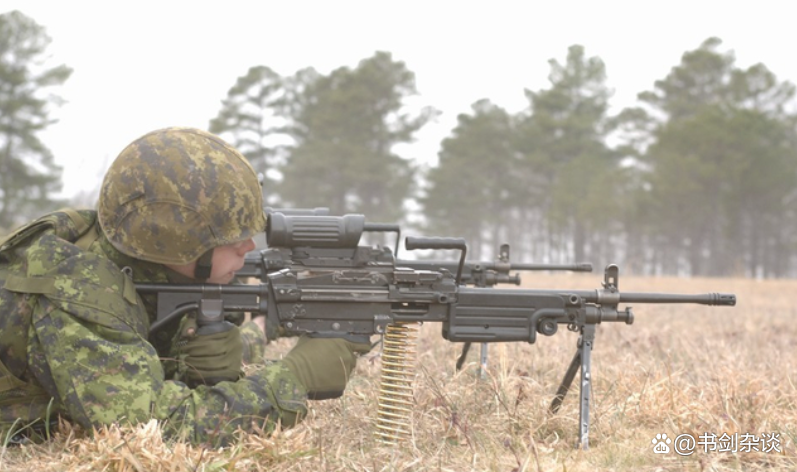
The Ministry of Defense of Japan will arrange about trillion yen every year, that is, 17.7 billion US dollars of US military equipment procurement, such as imported F-35A, F-35B stealth fighters from the United States, "Patriot" air defense missile system, and other United States corresponding to the United States. Military technology and components. Even if the Japanese Air Self-Defense Force has served for decades of F-15J/DJ fighters, Japan has no way to upgrade itself. Instead, the United States needs to provide upgrade services and pay billions of dollars for this.
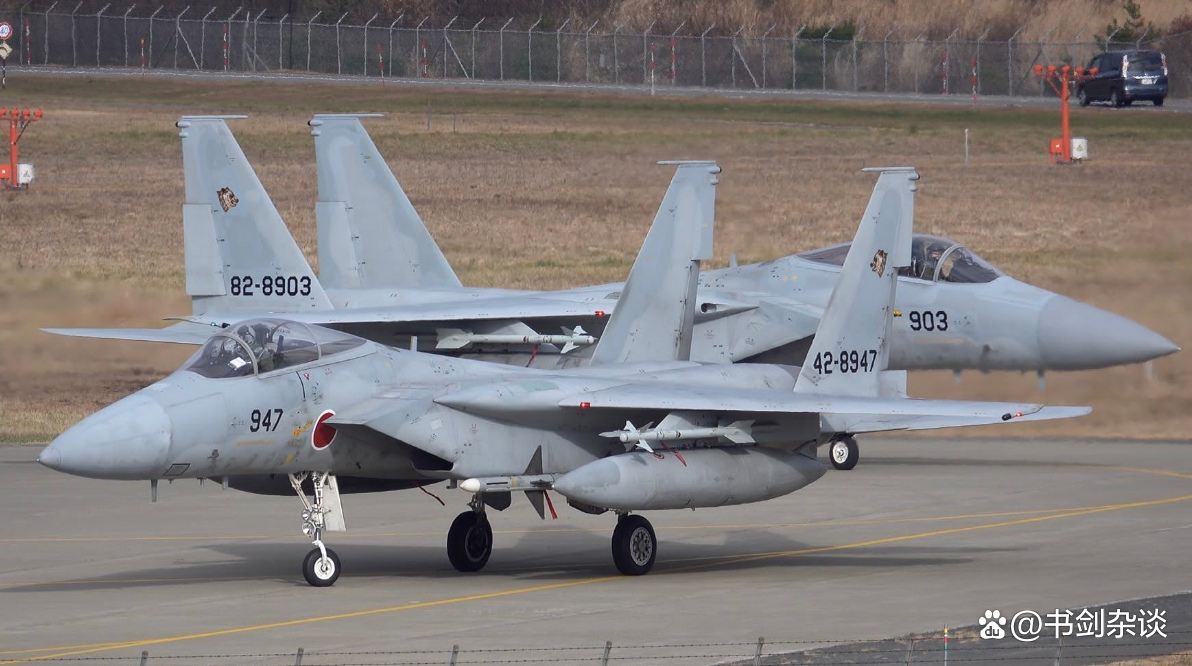
The same problem also occurred in the next-generation F-X stealth fighter in Japan. Japan originally hoped that the United States could transfer the core technology of the fifth-generation stealth fighter to Japan. But Lockchid Martin was worried that this would have a adverse effect on the export of its F-35 series stealth fighter, so it rejected Japan. In the end, Japan had to find the United Kingdom to determine the development of the next generation of stealth fighters with the United Kingdom. In order to save research and development funds, Japan and the United Kingdom have determined that the F-X stealth fighter and the "storm" fighter will share a fighter body, and the main tasks of these two stealth fighters are fighter.

F-35A of the Japanese Aviation Self-Defense Force
The situation of the Japanese Maritime Self -Defense Force is similar to that of the Japanese Air Self -Defense Force. Although the Japanese Maritime Self -Defense Force already has 4 "King Kong" class, two "Atago" class, and two "Aegis" ships. However, compared with the Chinese Navy, the number of shield ships of the Japanese Maritime Self -Defense Force is even comparable to any fleet of the three major Chinese navy fleets. The Japanese Maritime Self -Defense Force also thought about the number of "Aegis" ships, but the component components needed to be imported from the United States, which caused the overall price to be too high and failed to succeed.

On the whole, Japan currently has no ability to fight independently from the United States. Even if it is involved in the military conflict of small and medium -sized scale, the time cannot be pulled too long, otherwise the consumable parts supply of related weapons and equipment will have problems. And because of the lack of core technology, Japan's equipment that is really interested in foreign countries cannot provide it. The weapons and equipment that Japan can provide cannot compete with similar international products. Export to Australia's "Canglong" class submarine, export to India's US-2 water aircraft, radar exports to Thailand, and Indonesia's exported missile frigates are very obvious examples.
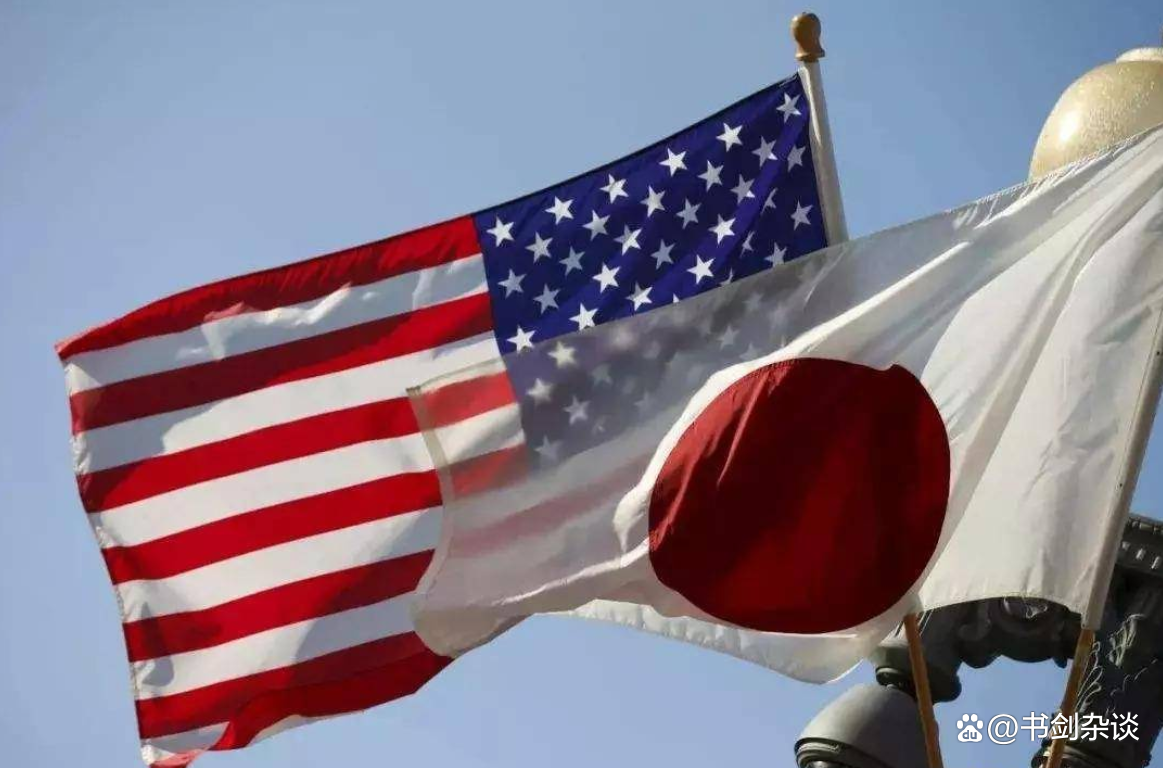
Of course, this can also be considered the result of the intention of the United States. After all, as the largest arms dealer in the world at present, the United States will not allow another competitors in the world to grab the market with themselves.
Picture source network, invading deletion.
- END -
Fujian ship aerial photography, BGM is on

According to@, on the morning of June 17, the naming ceremony of the third aircraf...
A spokesman for the Ministry of National Defense on the cancellation of the three exchanges between China and the United States and the United States media on the cancellation of China and the United States.
On August 8th, a spokesman for the Ministry of National Defense Wu Qian asked the China to cancel the three exchanges between China and the United States and the United States media to answer reporter